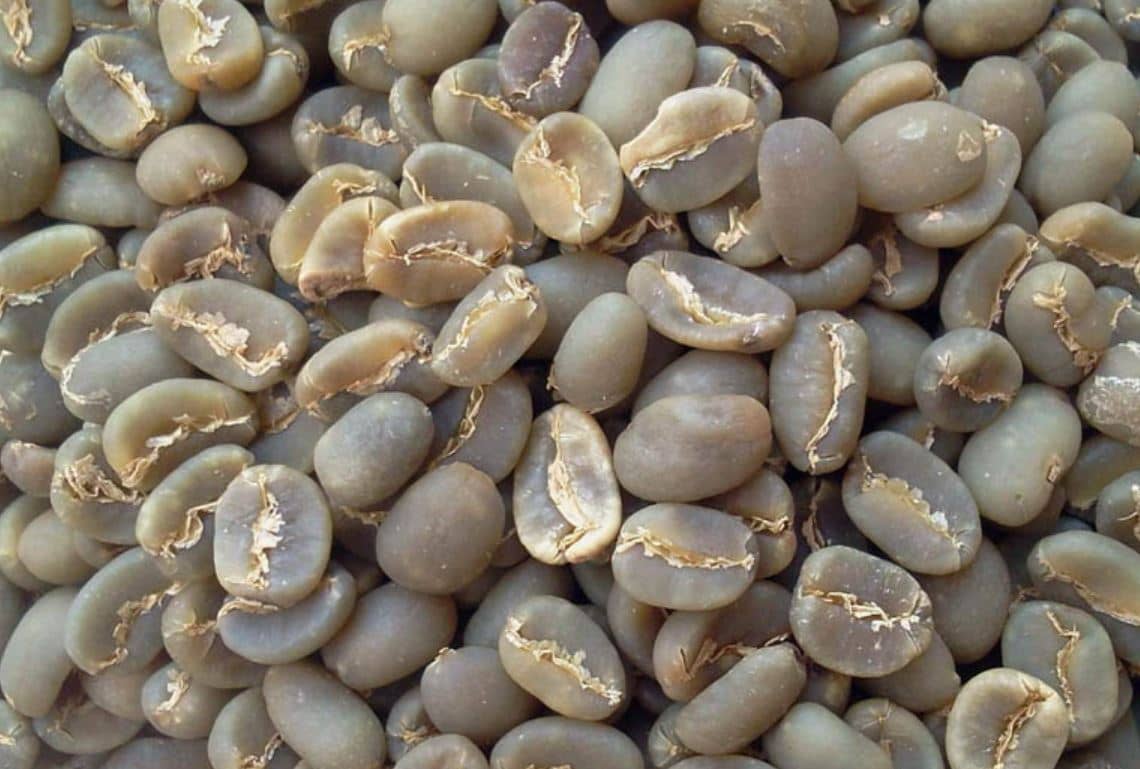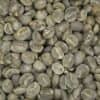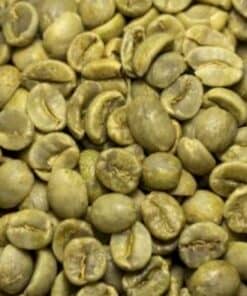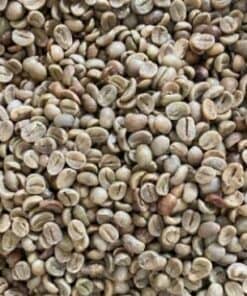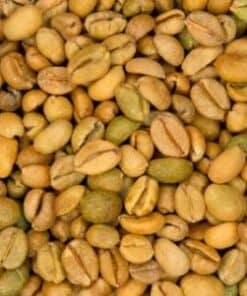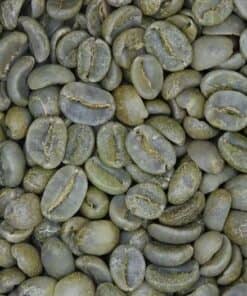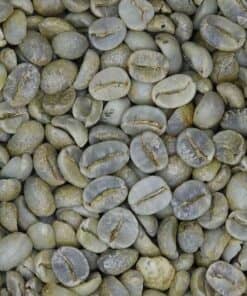Arabica Moka Cau Dat Coffee Beans F2 S16+: The Essence of Vietnamese Coffee Legend
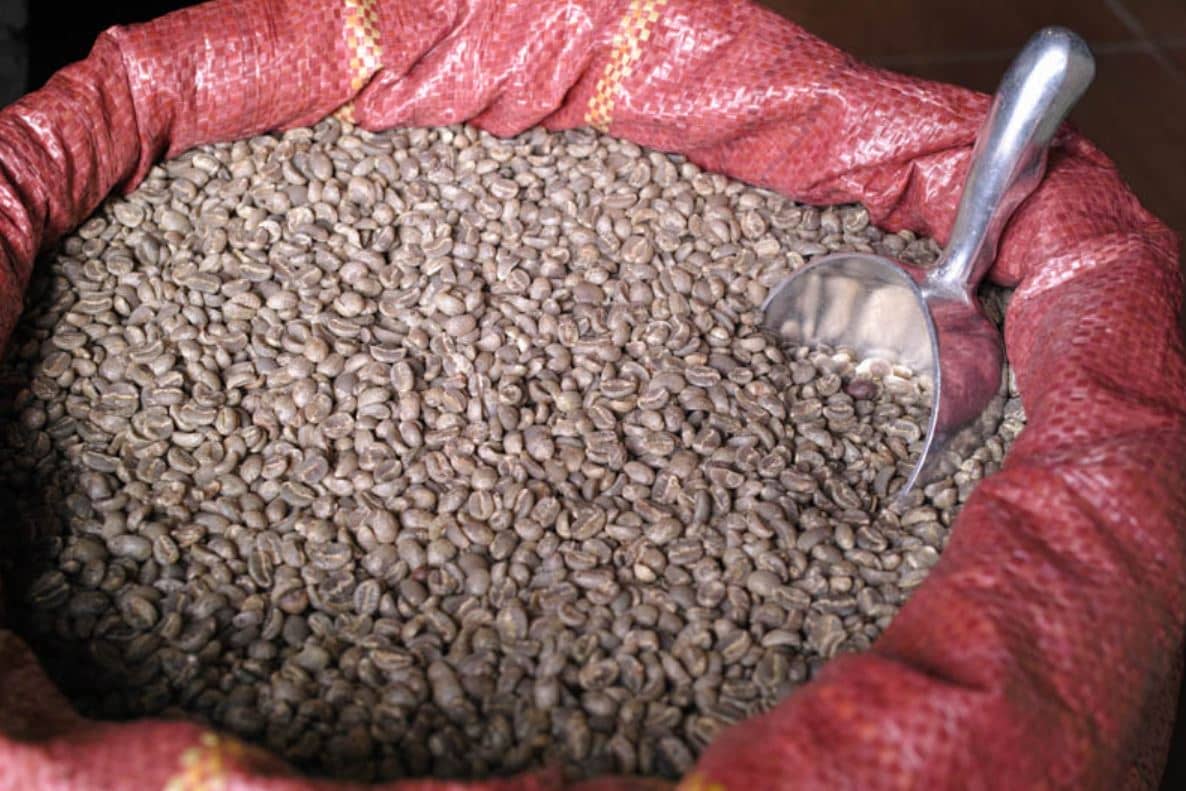
Referring to Arabica Moka Cau Dat Coffee Beans F2 S16+ is like invoking a legendary tale in Vietnamese coffee history. This coffee legend stems from two key aspects. Firstly, if cultivated and harvested in isolation, it is widely regarded as the finest coffee in Vietnam. Secondly, its rarity makes it a coveted treasure, with few individuals experiencing its full potential. As a result, Arabica Moka Cau Dat’s flavor often remains more a matter of lore than lived experience.
1. What Is Arabica Moka Cau Dat Coffee Beans F2 S16+?
Arabica Moka Cau Dat Coffee Beans F2 S16+ belong to the Arabica genus and are closely tied to the Cau Dat region of Da Lat. This area is famed for producing Vietnam’s most distinguished coffee. The Cau Dat area is blessed with ideal climatic conditions, including temperature, humidity, and fertile basaltic soil—similar to Brazil—enabling the cultivation of Arabica Moka coffee renowned for its delightful taste.
Producing Arabica Moka Cau Dat coffee demands stringent planting conditions and advanced techniques, including high-altitude cultivation and optimal temperature requirements. Consequently, the yield of Arabica Moka Cau Dat Coffee Beans F2 S16+ is limited, making it a rare and valuable commodity in the market.
2. The History of Arabica Moka Cau Dat Coffee in Vietnam
In the early 19th century, the French introduced coffee to Vietnam, including Typica, Bourbon, and Moka varieties (also called Mokka or Mocha). These are collectively known as F1 generation coffee plants. The climate above 1,500 meters, such as that in Cau Dat, made it an ideal location for cultivation.
During French colonial rule, coffee served primarily the nobility, reflecting its exceptional quality. However, F1 plants, including Arabica Moka Cau Dat, suffered from low yields and weak resistance to pests. When coffee plantations transitioned to Vietnamese ownership, farmers began replanting with more robust F2 hybrid plants, yielding higher outputs.
In recent decades, the pursuit of greater productivity has elevated F3-generation plants, like Catimor, to prominence due to their disease resistance and remarkable yields. As a result, over 99% of Vietnamese Arabica coffee today comes from Catimor, while F1 varieties, especially Moka, have become exceedingly rare.
The Moka plant is particularly delicate, with seeds smaller than those of other varieties. Farmers often mixed Moka with other harvests, reducing its value due to its size. Today, only a few isolated Moka trees remain in Cau Dat, often preserved more as a keepsake than for commercial production.
3. Certification of Arabica Moka Cau Dat Coffee Beans
- Rainforest Alliance Certified
- Fairtrade Certified
- USDA Certified
4. Vietnamese Arabica Coffee: A Unique Sensory Experience
Cau Dat’s Arabica coffee, including the renowned Arabica Moka Cau Dat Coffee Beans F2 S16+, captivates the senses with its rich flavors and enchanting aroma. This coffee is nurtured by the region’s temperate climate and fertile soil. It boasts a delicate balance of mild acidity and subtle bitterness, coupled with notes of syrup, honey, fresh fruits, and toasted bread.
Cau Dat’s elevation (over 1,500 meters) ensures consistent temperatures, never exceeding 33°C or dropping below 5°C, making it an ideal environment for cultivating premium Arabica coffee. This unique blend of environmental factors contributes to the exceptional quality of Arabica Moka Cau Dat Coffee Beans F2 S16+.
5. Processing Methods of Arabica Moka Cau Dat Coffee
- Washed: Fully washed for clarity in flavor.
- Dried: Sun-dried to preserve natural sweetness.
6. Harvest Timeline of Arabica Moka Cau Dat Coffee Beans
- Harvest Season: October to April.
- Export Season: December to September.
7. Cau Dat – A Premier Arabica Growing Region
Located 24km from Da Lat in Lam Dong Province, Cau Dat is a coffee paradise with 1,110 hectares of coffee plantations, 98% of which are dedicated to Arabica coffee. Each hectare yields an impressive 18-20 tons of fresh coffee cherries, equivalent to 4 tons of coffee beans. This productivity surpasses many other coffee-growing regions.
Cau Dat’s Arabica coffee reflects the perfect harmony of elevation, climate, and agricultural expertise, standing proudly among the world’s finest coffee varieties.

